Picture this: prehistoric predators cruising through murky waterways like living fossils, their eyes glinting just above the surface. In the Mississippi Delta, these modern dinosaurs are quietly staging one of America’s most remarkable wildlife comebacks. Once on the brink of extinction, American alligators are now flourishing across Louisiana’s restored wetlands, turning what was once a conservation nightmare into an incredible success story.
From Near Extinction to Conservation Triumph
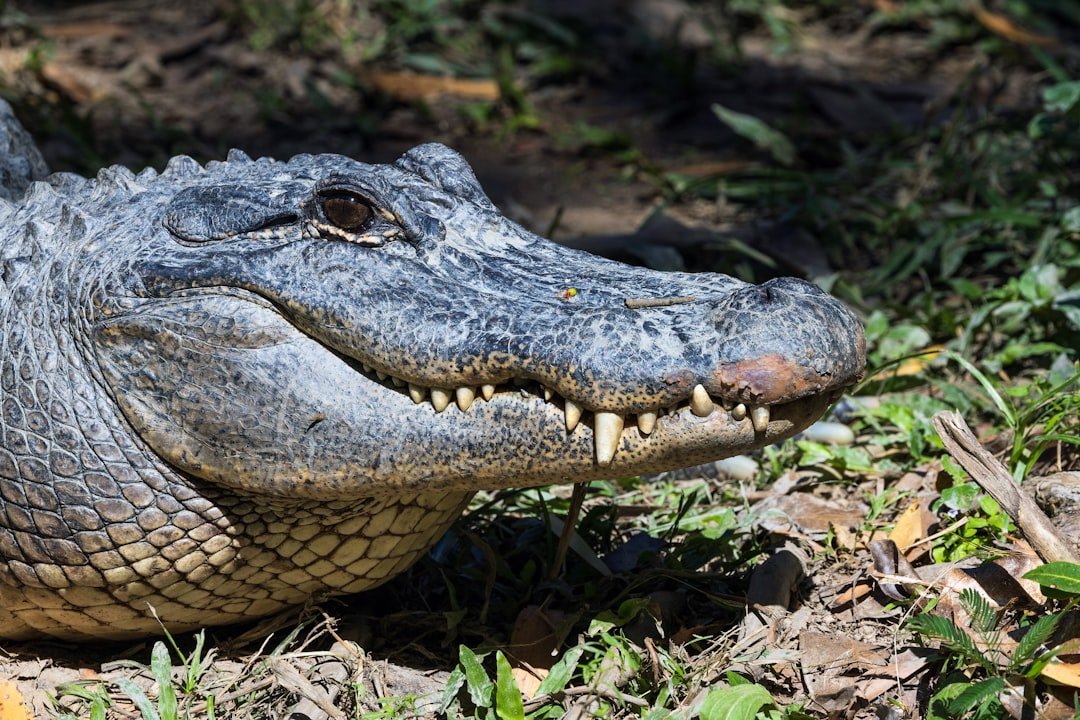
The American alligator’s journey from endangered species to thriving population reads like something out of a wildlife fairy tale. In the mid-20th century, the future of the American alligator was anything but certain. Due to unchecked hunting and loss of habitat, this giant reptile was federally listed as an endangered species in 1967.
What happened next changed everything. Thanks to the enactment of state, federal and international wildlife protections, the American alligator’s population rebounded and is now considered “one of the first endangered species success stories”. Louisiana and Florida claim the largest populations of alligators, with more than one million wild alligators in each state.
Mississippi’s Remarkable Recovery Efforts
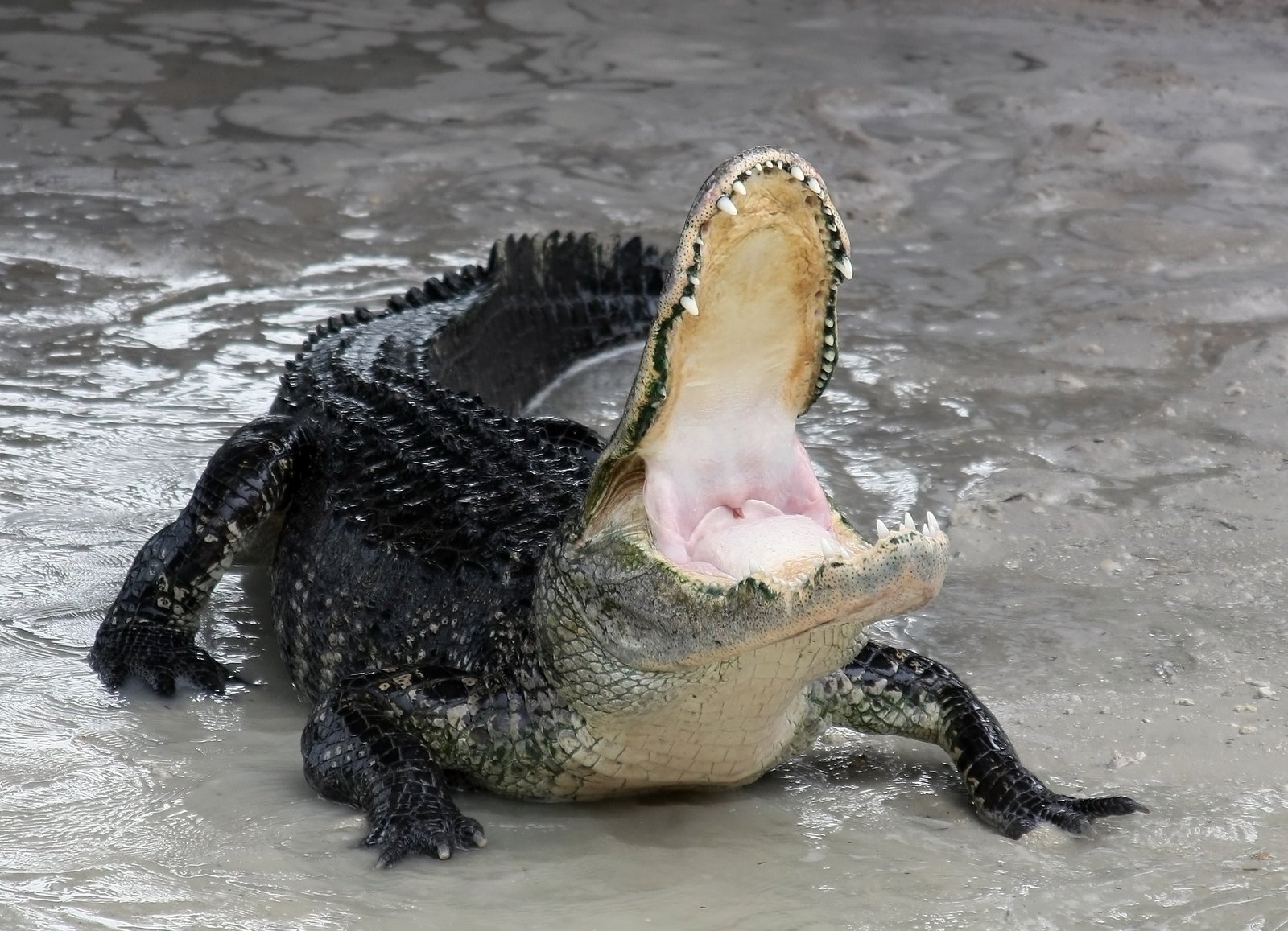
Mississippi didn’t sit back and wait for nature to heal itself. Relying on cooperation from several surrounding organizations, the Mississippi Game and Fish Commission (MGFC) went about the task of trapping and relocating nearly 4,000 alligators. This wasn’t just about moving gators around – it was about giving them a second chance.
Some of the alligator populations adjusted so well that they were found in areas they were not commonly found before the endangered species designation. In 1977, conservation officers reported finding alligators in 55 of the state’s 82 counties. Talk about making yourself at home! By 1987, the species had bounced back so dramatically that it was reclassified from endangered to threatened due to similarity of appearance.
The Delta’s Wildlife Paradise
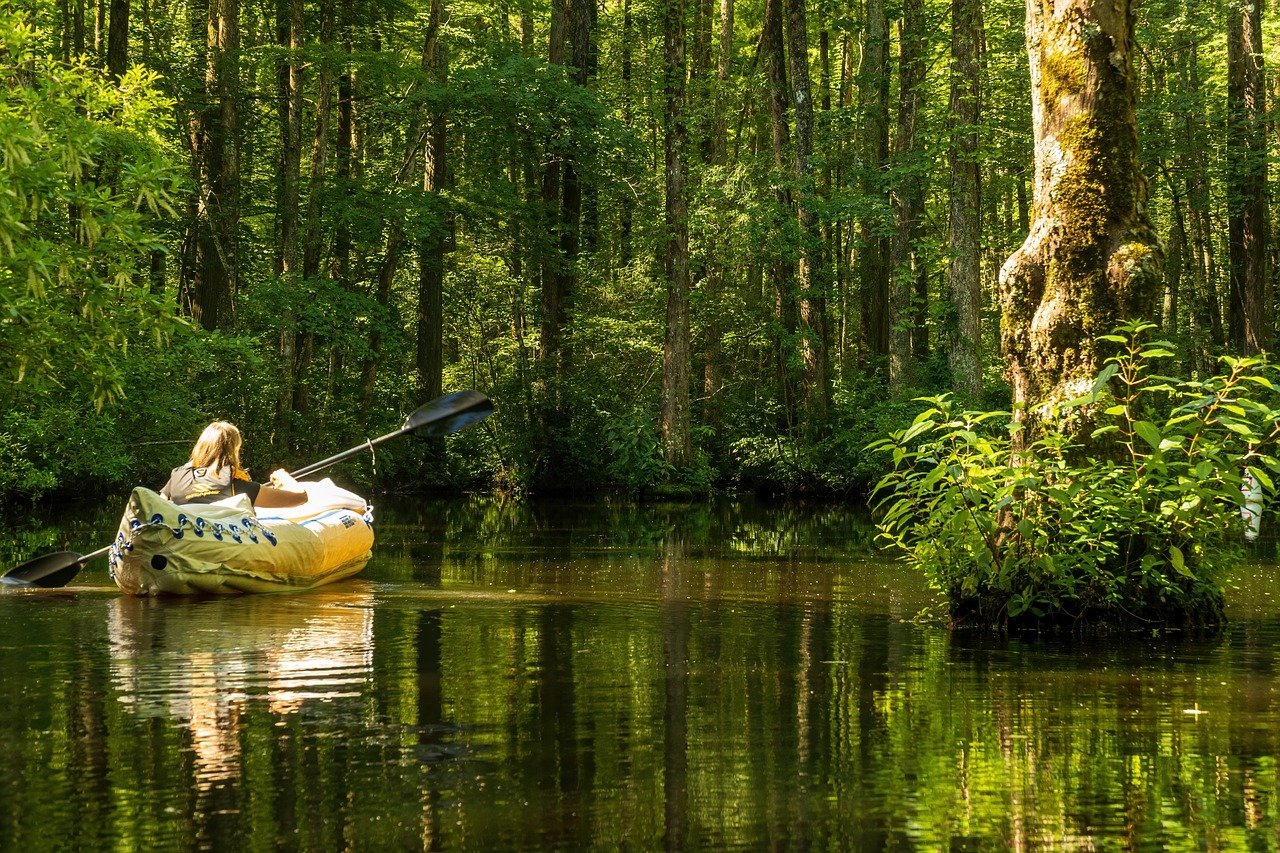
The American alligator is a well-known resident of the Mississippi River Delta. The delta’s estuaries and wetlands are also nurseries for young fish and shellfish. But these ancient reptiles aren’t just surviving – they’re part of a much larger ecological symphony playing out across the region.
The delta has a diversity of habitats – from uplands to the open waters of the Gulf of Mexico, and everything in between, including wet forests with cypress trees, freshwater marsh, brackish marsh, salt marsh, and sandy beaches. These habitats provide homes for an abundance of migratory and year-round wildlife. It’s like nature’s own all-inclusive resort, where alligators are both the security guards and the star attractions.
Wetland Restoration Creating New Homes
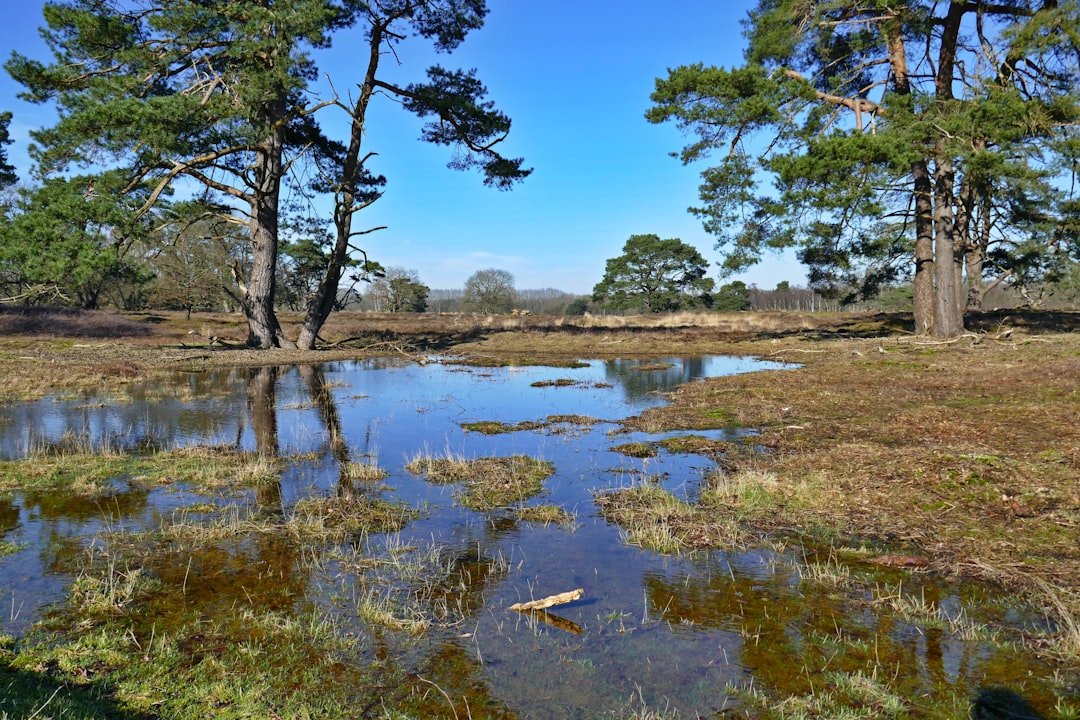
Here’s where the magic really happens. Restoration projects help protect these wetlands from saltwater intrusion, preventing the devastating loss of freshwater habitat that fish and wildlife, like the American alligator, need to thrive. Think of it as renovating an entire neighborhood, but instead of fixing houses, scientists are fixing ecosystems.
In areas that have been reconnected with the river, such as at the Caernarvon and Davis Pond Diversions, as well as the Wax Lake Delta, and Mardi Gras Pass, we are already seeing thriving populations of alligators. These aren’t just random success stories – they’re proof that when humans get restoration right, nature responds with enthusiasm.
The Science Behind Sediment Diversions
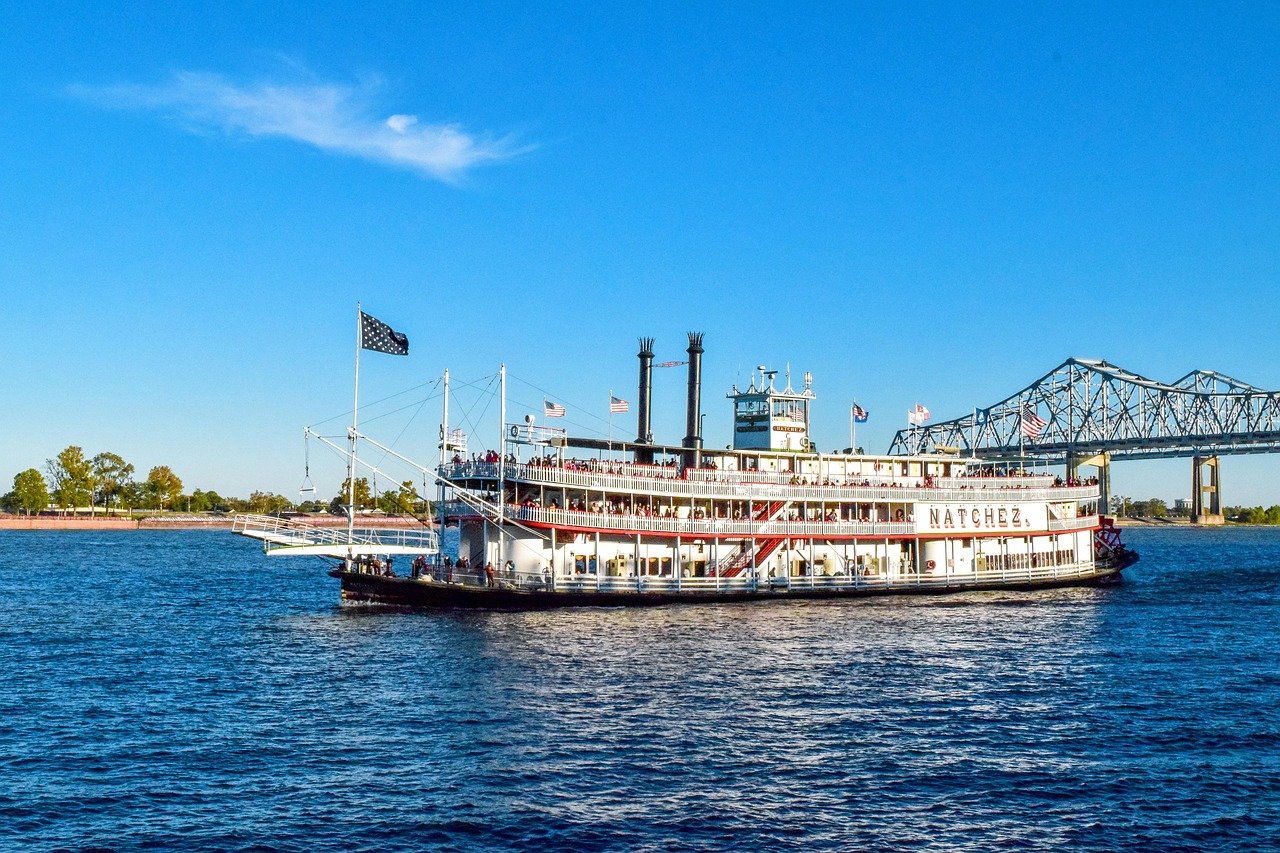
Our best chance to do this is to reconnect the Mississippi River and its sediment, freshwater, and nutrients to coastal wetlands to nourish and sustain them over time. It sounds simple, but the engineering behind these projects is absolutely brilliant. Imagine taking a massive river and teaching it to paint the landscape with life-giving mud and water.
The master plan contains natural infrastructure projects such as marsh creation, barrier island restoration, oyster reefs and sediment diversions – projects that harness the natural land-building power of the Mississippi River to build and sustain land. These projects work like nature’s own construction crew, building new wetland real estate that alligators can call home for generations to come.
Alligators as Ecosystem Indicators
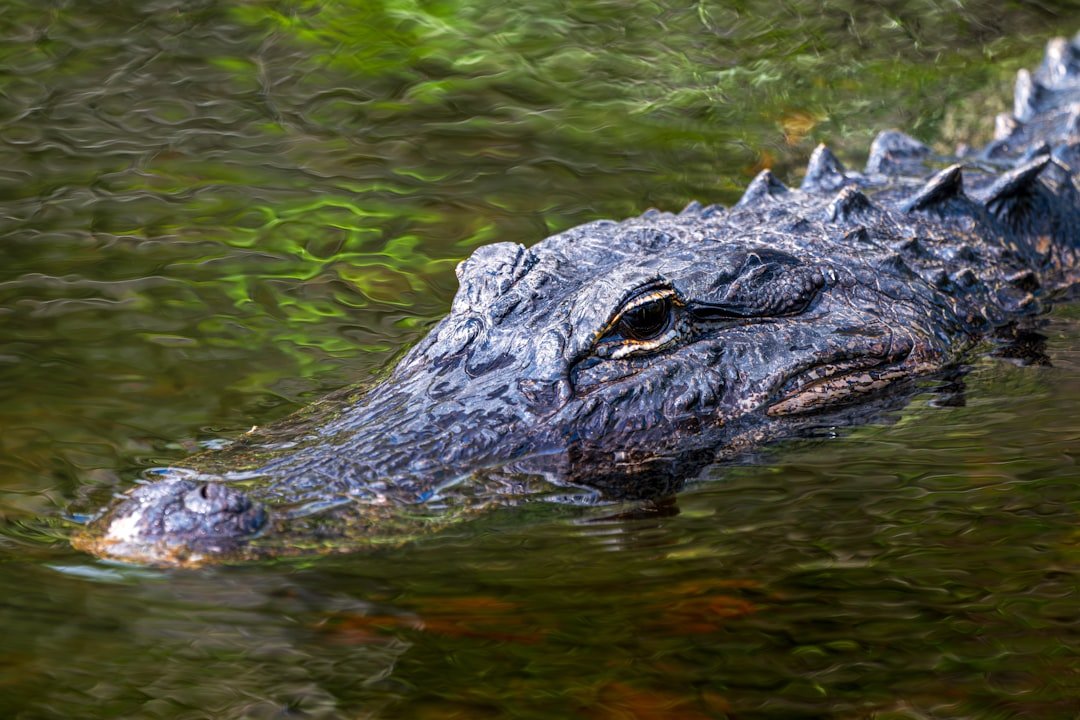
Where alligators thrive, so do other species. It’s a sign of healthy, sustainable ecosystems that also provide vital protection for communities across Louisiana’s coast. Think of alligators as nature’s report card – when they’re doing well, it usually means the entire ecosystem is getting an A+.
A variety of fish and wildlife use this habitat for at least some part of their life, including brown shrimp, alligators, striped bass, roseate spoonbills, and mottled ducks. These restored wetlands have become bustling neighborhoods where alligators are the established residents welcoming new wildlife neighbors every season.
Economic Benefits of Alligator Recovery
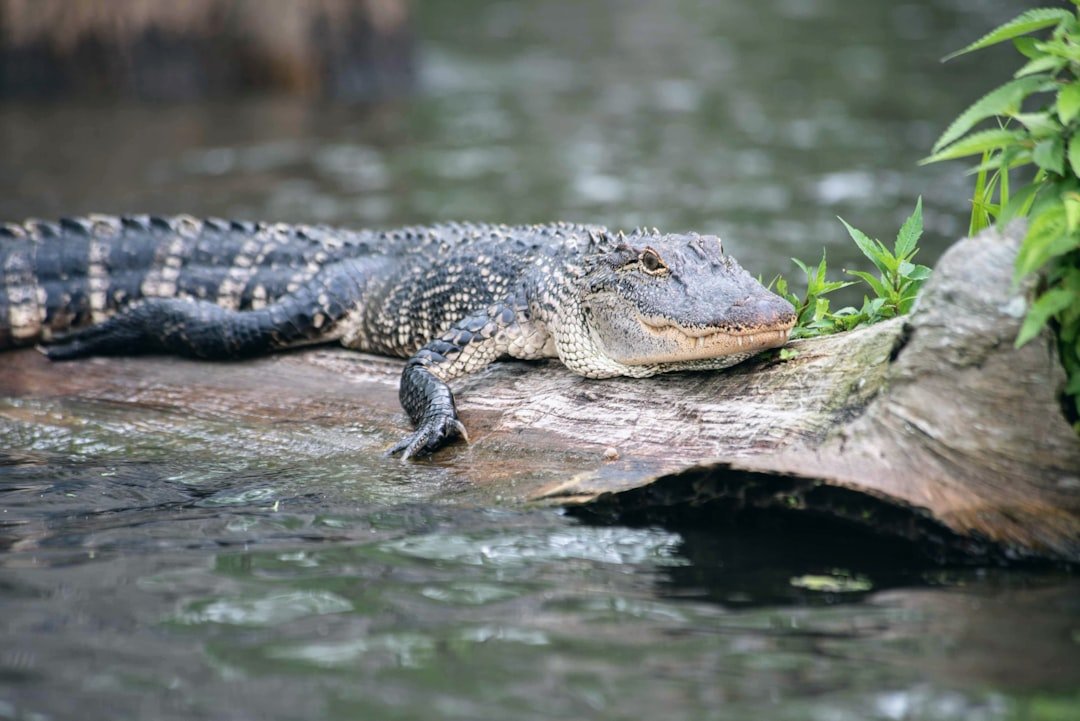
The thriving population of alligators in Louisiana are kept in check through commercial alligator ranching and a regulated hunting season. Both consumptive (meats and hides) and non-consumptive (wildlife watching) use of alligators in Louisiana brings hundreds of millions of dollars of revenue to the state annually. Who would’ve thought that prehistoric predators could become such good business partners?
The financial gain from the alligator trade has also incentivized wetland habitat preservation. Revenue from alligators harvested in the wild, as well as from alligator eggs collected, “incentivized landowners to not only manage alligators properly but actually manage the wetlands in a way that would benefit not just alligators but hundreds of other species.” It’s a perfect example of how conservation can pay for itself while protecting entire ecosystems.
Challenges and Future Threats
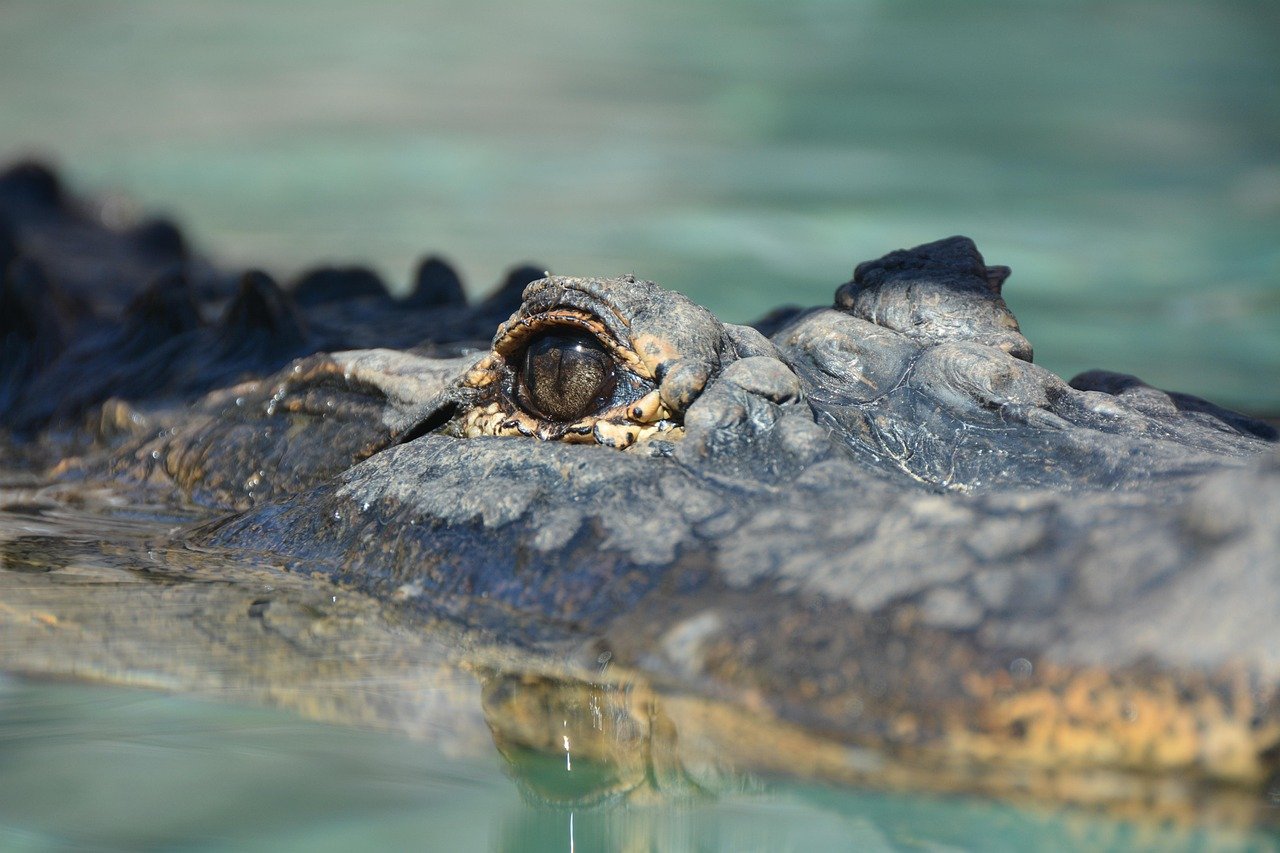
Wetland loss plus climate change could spell a disaster for the alligator, as well as the entire bounty of Louisiana’s coast and communities across the entire bottom half of the state. Saltwater intrusion and coastal wetland loss put much of the freshwater habitat the alligator depends on in jeopardy. Even success stories face new chapters of challenges.
According to various studies, Louisiana’s coast continues to lose significant wetland area annually due to multiple factors. Meanwhile, the supply of sediment that could sustain the coastline and delta against these forces has dwindled, in part because dams built upstream over the past century capture sediment that would otherwise have washed downstream. It’s a race against time, but alligators have survived asteroid impacts – they’re not giving up easily.
Looking Ahead: A Sustainable Future

The recovery of the American alligator is a resounding success story, with an estimated 3-5 million individuals now thriving in the southeastern United States. From nearly extinct to five million strong – that’s not just a comeback, that’s a wildlife renaissance. Today, there are an estimated 2-3 million alligators in Louisiana – nearly as many as people – thanks to the Louisiana Department of Wildlife and Fisheries (LDWF) alligator conservation program, which many deem one of the most successful on the planet. “It’s the quintessential example of a conservation recovery success story,” said Jeb Linscombe, LDWF fur and alligator program manager.
The story of alligators thriving in the restored Mississippi Delta isn’t just about one species making a comeback. It’s about what happens when science, policy, and nature work together as a team. These ancient predators have become living proof that we can fix what we’ve broken, restore what we’ve lost, and create a future where both wildlife and people can flourish. As you watch those eyes gliding through Louisiana’s rebuilt wetlands, remember: you’re not just seeing a gator – you’re witnessing one of America’s greatest conservation victories in action. Isn’t it amazing how prehistoric meets progress?




